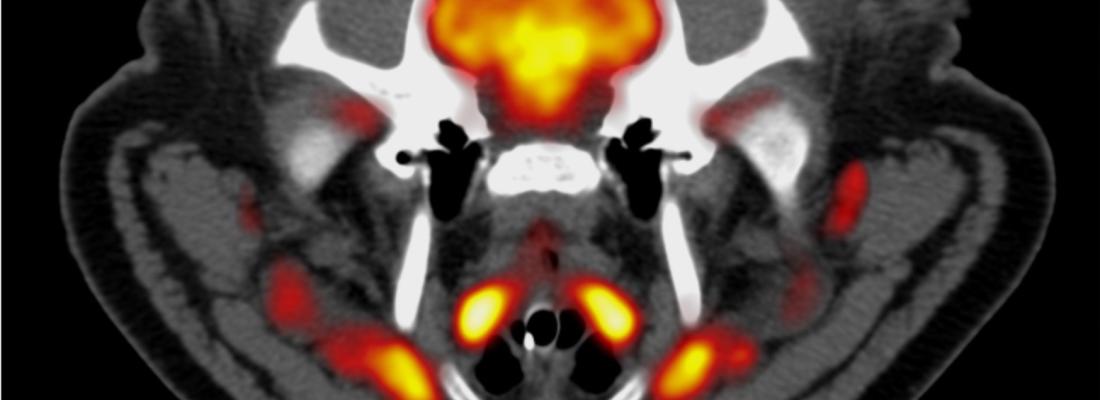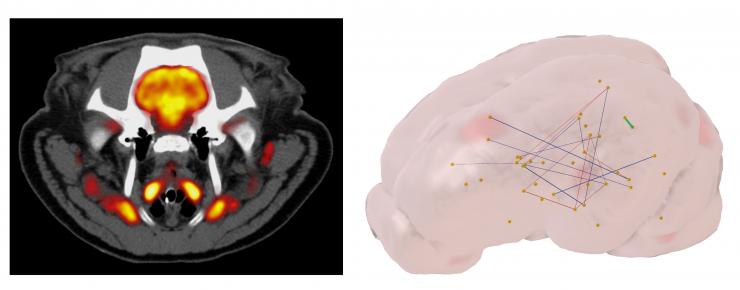Food, Global Health Reading time 2 min
Artificial sweeteners: certain adverse metabolic effects revealed in a preclinical model
Published on 25 July 2019

The obesity pandemic has led to sugar being partially replaced by artificial sweeteners in human diets. These food additives are used for their intense sweetening power and several types are currently available on the market. The use of aspartame has waned in favour of other substances such as an acesulfame potassium (K) - sucralose blend that can be found in nearly 90% of “light” drinks. While artificial sweeteners undoubtedly lower calorie intake, not enough data exist on their metabolic effects, especially as there is reason to suspect that such substances may have adverse secondary effects, particularly a decrease in insulin sensitivity that could lead, over time, to type 2 diabetes.1

For the first time, INRA and University of Adelaide researchers tested the metabolic effects of an acesulfame K – sucralose blend on animals. Through quantitative nuclear imaging, they were able to analyse glucose uptake and insulin sensitivity in specific organs. Each organ, whether muscle, liver, intestines, brain, etc., contributes to a certain percentage of the body’s insulin sensitivity based on two parameters, i.e. how much glucose that organ absorbs and how much the organ weighs. That is why no metabolic effects may be observed in the body as a whole while far-reaching changes have taken place in individual organs.
Over a period of three months, researchers gave mini-pigs (an animal model for human nutrition and medical research) an acesulfame K - sucralose blend at the exact same daily dose as a person who has a half-litre of “light” drinks. At the end of that period, quantitative nuclear imaging did not reveal any changes in the overall body glucose uptake and insulin sensitivity. However, glucose uptake in the brain, liver, part of the digestive tract and visceral fat had nearly doubled. There were also increased metabolic connections between the front of the cortex and deeper structures in the brain, a phenomenon that has also been observed in obese individuals (patients with pre-type 2 diabetes).
To conclude, long-term ingestion of artificial sweeteners at doses equivalent to some people’s daily intake led to far-reaching adverse changes in glucose metabolism, particularly in the brain. Although no explanation can be given at this point, the phenomena seen are the same as those that occur when obese individuals gain weight.
In view of the fact that such substances do have beneficial effects in terms of calorie intake, these new results suggest that, at the very least, further studies should be carried out to evaluate the relative benefits and risks of ingesting such additives.
1Insulin is a hormone produced by the pancreas that regulates blood sugar levels. In conventional models, excess weight increase leads to reduced insulin sensitivity (the cells become less sensitive to the hormone – known as prediabetes) and then, depending on the individual’s susceptibility, to type 2 diabetes.
PublicationLow-calorie sweeteners augment tissue-specific insulin sensitivity in a large animal model of obesity. Charles-Henri Malbert, Michael Horowitz, Richard L. Young. European Journal of Nuclear Medicine and Molecular Imaging. 24 juillet 2019. |
